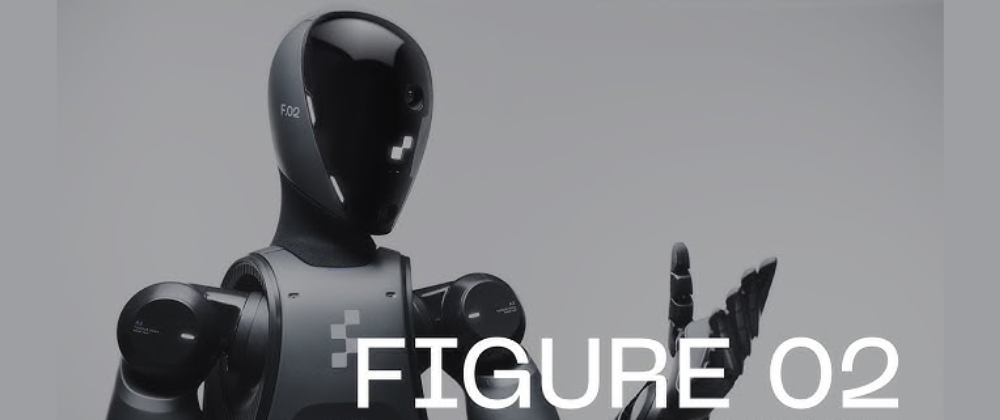Robotics company Figure AI has made headlines with the unveiling of its latest humanoid robot, Figure 02, which showcases significant advancements in artificial intelligence and robotics technology. This new model, launched just ten months after its predecessor, Figure 01, is designed to engage in conversation, learn from its mistakes, and perform a variety of complex tasks autonomously.
Key Features of Figure 02
Figure 02 is equipped with state-of-the-art speech-to-speech software, allowing it to communicate effectively with humans. This capability is facilitated by embedded microphones and speakers that connect to custom AI models developed in collaboration with OpenAI. The robot's ability to understand images and texts independently marks a significant leap forward in its functionality compared to earlier models.
The design of Figure 02 has also been refined, featuring a more streamlined appearance with a matte black frame, contrasting the glossy chrome exterior of Figure 01. The robot's articulated hands, which boast 16 degrees of freedom, are described as a fourth-generation design, offering what the company claims is "human-equivalent strength." This dexterity enables Figure 02 to perform tasks that require a higher level of precision and adaptability.
Enhanced Battery Life and Performance
One of the standout features of Figure 02 is its upgraded power source. The humanoid is powered by a 2.25 KWh custom battery pack located in its torso, providing up to 50% more energy than its predecessor. This enhancement allows Figure 02 to operate for approximately 7.5 hours between recharges, significantly improving its usability in various environments.
Partnership with BMW
Figure 02's capabilities were put to the test in a partnership with BMW, where it was observed performing tasks on the production floor of BMW’s Spartanburg, S.C. factory. The robot was seen transporting sections of a car chassis between different stations and accurately placing them in designated locations. During a trial, it successfully inserted sheet metal parts into specific fixtures, contributing to the assembly of the chassis. This application of humanoid robotics aims to alleviate employees from performing ergonomically challenging and tiring tasks.
BMW's management board member for production, Milan Nedeljković, expressed optimism regarding the early test operations, stating that they are exploring potential applications for humanoid robots in production settings. He emphasized the importance of accompanying this technology from development through to industrialization.
Future Implications
The introduction of Figure 02 signifies a pivotal moment in the evolution of humanoid robots, particularly in industrial applications. With its advanced AI capabilities and enhanced physical dexterity, Figure 02 is poised to revolutionize how tasks are performed in manufacturing environments. The ability to learn from mistakes and engage in meaningful conversations with humans adds a new layer of interaction that could reshape workplace dynamics.
Figure AI’s CEO, Brett Adcock, highlighted the significant technical advancements of Figure 02, which enable it to undertake a wider range of complex tasks autonomously. As the company continues to refine its technology, the implications for industries reliant on manual labor could be profound, potentially leading to increased efficiency and reduced strain on human workers.
In conclusion, Figure 02 represents a significant leap forward in humanoid robotics, combining advanced AI with practical applications in industrial settings. As companies like BMW explore the integration of such technology, the future of work may see a harmonious coexistence between humans and robots, enhancing productivity while minimizing physical strain.






Top comments (0)